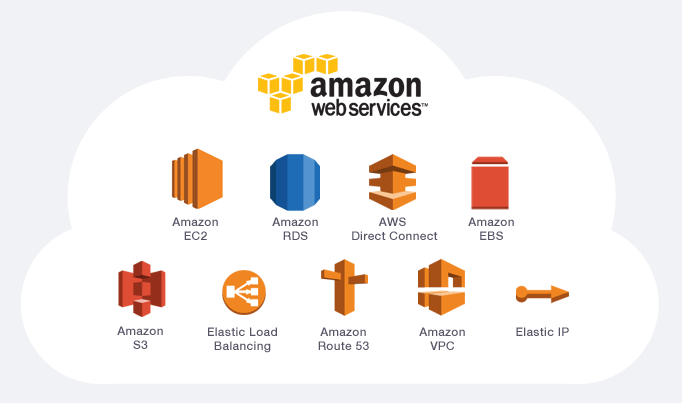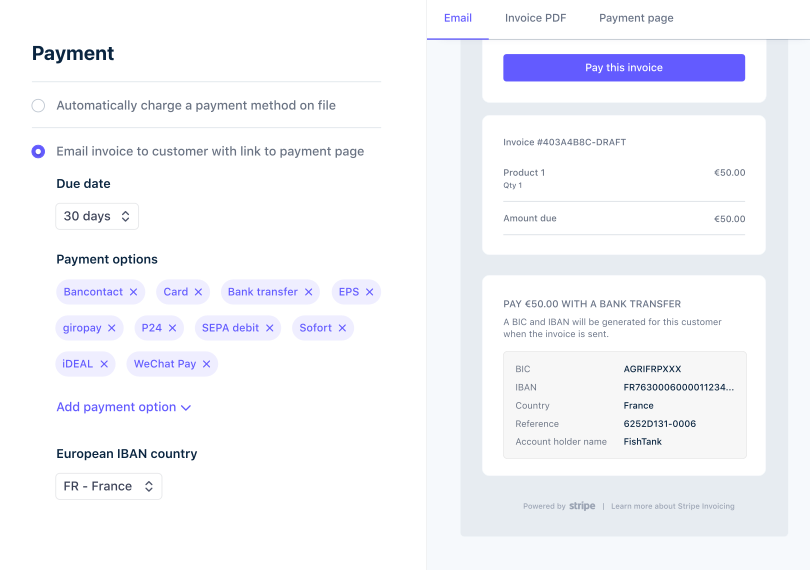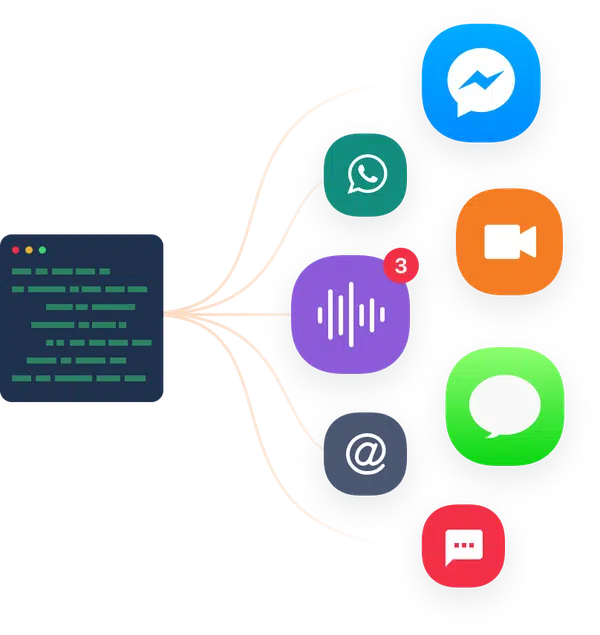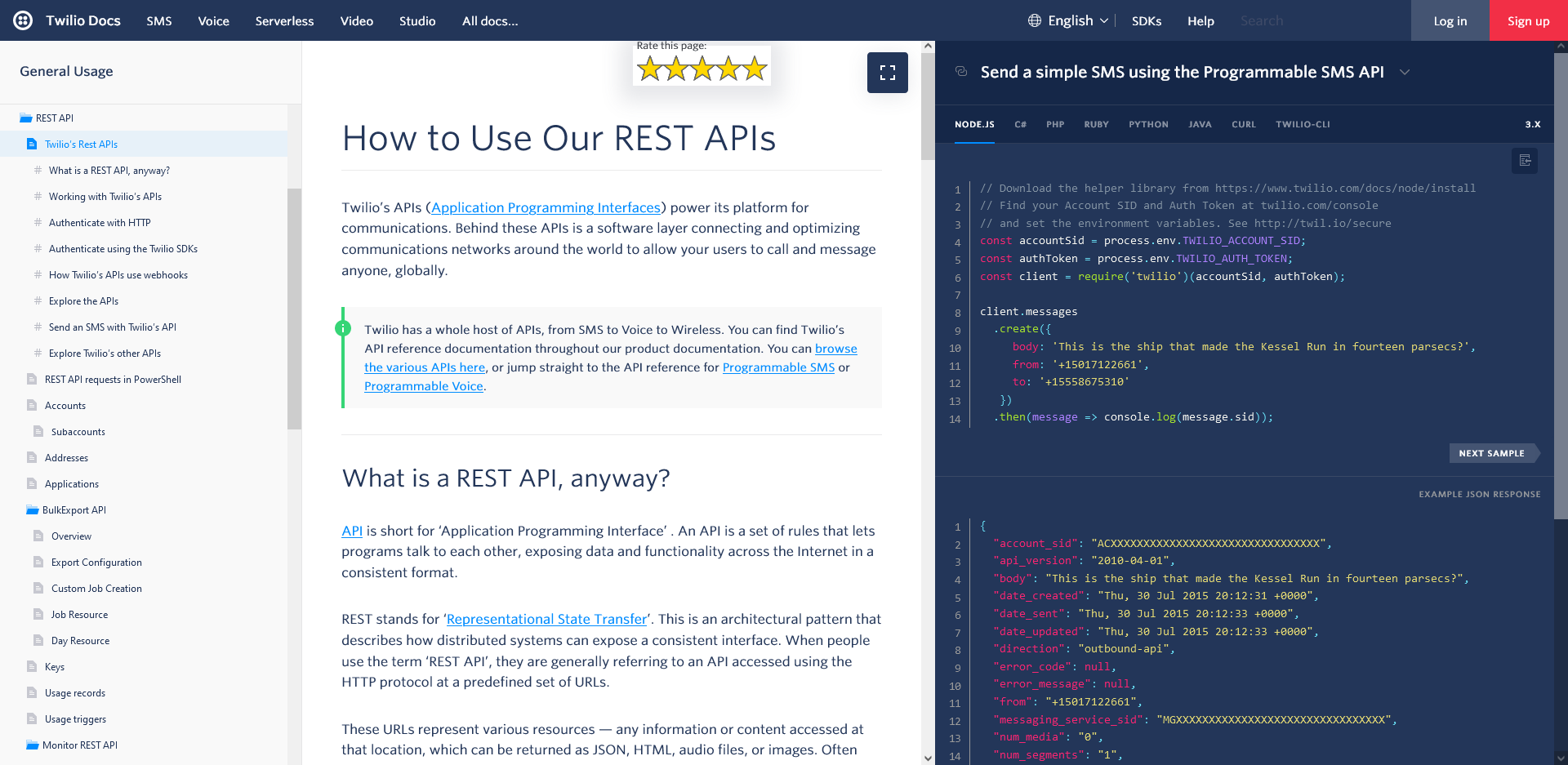
Billion-dollar platforms — how they did it
I was asked recently whether platforms will conquer the world. My view? They already have. In this article I share how they’ve done it, and how you can successfully bring your own platform to market.
In this article #
Ubiquitous platforms
Almost every aspect of our lives relies on some kind of software platform, whether it’s the apps on our smartphone, the online marketplaces we buy from, the payments we make, the comments we post on social media, or the television shows and movies we stream. Even the cars we drive are increasingly built upon hardware platforms shared across marques, such as Hyundai’s Electric Global Modular Platform (E-GMP), so that its various automotive marques — Hyundai, Kia and Genesis — don’t have to reinvent the wheel (pun totally intended).
Ben Thompson of Stratechery describes a platform as something that acts “as an interface between two modularized pieces of a value chain”. A successful platform is one that saves people and companies the bother of building their own ecosystem. It does this by providing something ready-made that meets the user need. It must be more easily, cheaply and quickly adopted, and permit more rapid scaling, than attempting to create it from scratch.
This highlights the gamble that any company intending to build a platform faces: a huge, risky, up-front investment in technology on the hope of exponential returns in the medium to long-term by charging for every transaction made through the platform.
The ingredients for success
For the model to be commercially successful, several moving parts have to align:
1. High barrier to entry
There has to be a sufficiently high barrier to prevent companies from simply rolling their own technology or building their own marketplace. Successful platform companies exploit a competitive advantage they have established either in their technology or their communities of users.
Amazon Web Services #

On the technology side, think of Amazon re-utilising their vast, existing internal modular infrastructure and APIs (application programming interfaces) as public cloud services for others to use at low cost, resulting in Amazon Web Services (AWS). They already had the scale, making it hard for other companies to replicate.
Stripe #

Or it might be that you’ve done the hard work to simplify a traditionally complex process. With Stripe, Patrick and John Collison appealed to developers needing to accept payments in their app by simplifying 6 months of complex accounting setup and development work into 7 lines of code and a promise that the API wouldn’t change for years.
Twilio #

Similarly, Jeff Lawson set out with Twilio to make telecommunication services easier to access from software via an API, because the existing approach at the time typically involved 2-3 years of effort and $2-3 million in costs for laying copper cable to your data centre, and buying specialist hardware, software and professional services.
Google #

For communities of users, think of Google acquiring the lion’s share of internet users over several years with a free-to-use and highly effective search engine, then exploiting their extensive user base and their search behaviour by offering targeted advertising services to third parties.
The challenges for new entrants #
A new entrant platform provider seeking to compete with Stripe or Twilio would have to solve the same underlying problems they did to take a complex service and provide simple access to it.
Likewise, to compete with AWS, a new entrant to the cloud services market would have to already have either established infrastructure, or a community of users, or both. Microsoft, a relatively late entrant with Azure, was only able to compete at the same level by exploiting both its own existing data centre infrastructure and its existing community of corporate customers running its Windows operating system and office productivity software.
And to compete with Google, a new entrant would need to have a sufficiently large number of users on their service to be able to monetise them to third party advertisers. Facebook has been the most credible competitor to Google’s online advertising, having both an extensive user base and the intelligence on user behaviour to tailor third-party adverts to their users effectively.
2. Gravitational pull

Aspiring platform providers already have the fundamental challenge of creating something saves them the cost and effort of building the technology or marketplace for themselves. They also have the trickier task of enticing a community of users to use their platform.
It’s not enough simply to meet a user need or to connect suppliers and consumers. The platform has to be so much cheaper and easy to use over the existing alternatives that it becomes almost nonsensical for people not to use it. The platform has to exert ‘gravitational’ pull. It’s a bit like product-market fit, but on steroids. (Perhaps ‘platform-value fit’?)
API platforms #

For example, the most successful APIs tend to be structured intuitively, and documented well with plenty of worked examples. Typically the most commonly-used functions are also the most easily implemented.
This design intent comes not only from a deep understanding of developers’ idiom — the coding style they’re most used to — but also of what developers are typically trying to achieve by consuming the API with their app for their own users. In other words, for your platform to be successful you need to know your users’ needs and the needs of your users’ users.
Online marketplaces #

Likewise, most successful online marketplaces essentially minimise the time and effort required for vendors to find buyers and buyers to find and purchase the product or service they’re looking for.
Before Uber came along, it was perfectly possible to order or hail a taxi cab, but it was often a frustrating experience for both drivers and passengers. Uber not only had to establish sufficiently large communities of drivers and passengers to make the marketplace viable, they also had to remove the frustrations of ordering a cab (for passengers) or finding a nearby fare (for drivers), and of helping the two parties to find each other efficiently at the pick-up point.
We could call this ‘usability’, but that might give the impression it was just about the design of the user interfaces. Rather it’s about systematically identifying and minimising the underlying sources of user friction and frustration inherent in the interactions you’re attempting to replace with your platform.
3. Ability to adapt
Simon Wardley, whose mapping techniques I’ve discussed before, puts forward the argument that every technology evolves from initially being magical, to being custom one-offs, to being standardised as a product, to becoming a commoditised utility.
The evolution of electricity generation #

Take electricity generation, for example. Back in the mid-1700s, Ebenezer Kinnersley would demonstrate electricity to paying audiences, partly to educate, mostly to entertain. Fast forward to the 1880s and Nikola Tesla’s alternating current and Thomas Edison’s direct current were battling for technological supremacy — this was the custom phase (no pun intended). In the early 1900s, we entered the product phase as large-scale electricity generators sprung up, delivering power predictably. Then, through the middle of the 20th century, electricity providers started to merge their power distribution networks. This led to the creation of regional and national power grids with electricity now a commoditised utility purchased by usage at comparatively low cost.
We see the same evolution in computer processing power — from Babbage’s magical device all the way through to utility provision from the cloud. Whatever technology you choose, it’s somewhere on that same journey, moving inexorably towards commoditisation.
How fast is your technology evolving? #

This is important to consider when thinking about the service you’re going to provide through your platform. At what stage is it? How fast is it evolving?
It didn’t take very long for deepfakes (which use machine learning and artificial intelligence to replace the face of someone in a photo or video with someone else’s likeness) to move from being magical to a commodity service, ethically dubious as they are.
With that in mind, think about what the next moves for your platform might be. How could your platform evolve to deliver a higher-order service — a bigger building block, if you like — that solves a more complex and valuable problem?
How AWS continually evolves #
Amazon Web Services is continually rolling out higher-order services. They can do this especially efficiently because their own users of their platform are effectively doing the market research for them. All AWS has to do is to see how people are combining their cloud APIs. They then replicate that combination as a new, abstracted API, which once again is cheaper, quicker and easier to use than building the combination for yourself.
4. Trust
When you decide to run some aspect of your product or business on someone else’s platform, you’re placing a great deal of trust in that provider.
You’re trusting them to provide the service reliably; you’re trusting them to keep providing and improving the service in the long-term without changing existing functionality (particularly for APIs) or discontinuing it; and you’re trusting them to look after information that’s important, if not sensitive to your business.
As with anything else, trust has to be earned. It can also be lost very, very quickly. See the Facebook and Cambridge Analytica scandal for details.
So what can you do?
Combined, these factors can make it tremendously difficult for new entrants to compete in an established platform market. So does that mean we have to surrender to the cloud platform oligopoly? Not at all. Here’s how:
Solve the hard problems
A common theme that runs through AWS, Stripe, Twilio and other successful platforms is that they all set out to solve a complex, seemingly intractable problem. They did the hard work to make it easier for others.
If you want to give your fledgling platform a fighting chance of not being immediately copied and usurped, you’re going to have to focus on solving the hard problems nobody else wants to touch or knows how to solve.
Go niche
As is often the case in the world of product management, you can find your own market niche by going more specific than the big players can afford (or be bothered) to. Amazon does sell clothes, but doesn’t specialise in retail fashion, so plenty of online fashion marketplaces can still carve out their own businesses.
I discuss how you can find your niche in a seemingly crowded market in more detail in “The coffee shop problem“.
What niche currently has unmet needs? How could you deliver a service through your platform that would be impractical for or unattractive to more generalised providers?
Get ahead of the curve
I mentioned earlier how everything tends towards commoditisation and how important it is for your platform to adapt to offer higher-order services (bigger building blocks). Can you identify platform providers in your market that are failing to innovate and stagnating?
If you can, you may have the opportunity to overtake the incumbents by delivering that higher order service before they can.
Final thoughts
Setting out to create a platform that delivers a service is a very different prospect to ‘simply’ creating a product. Platforms take all the usual challenges and complexities of taking a new product from idea to market and dial them up to 11.
Don’t let existing competitors put you off trying, but remember that you can’t beat them at their own game. Find a new game to play — your own specific niche, innovation in a stagnant market, or a hard problem that nobody else wants to try to solve.


Leave a Reply